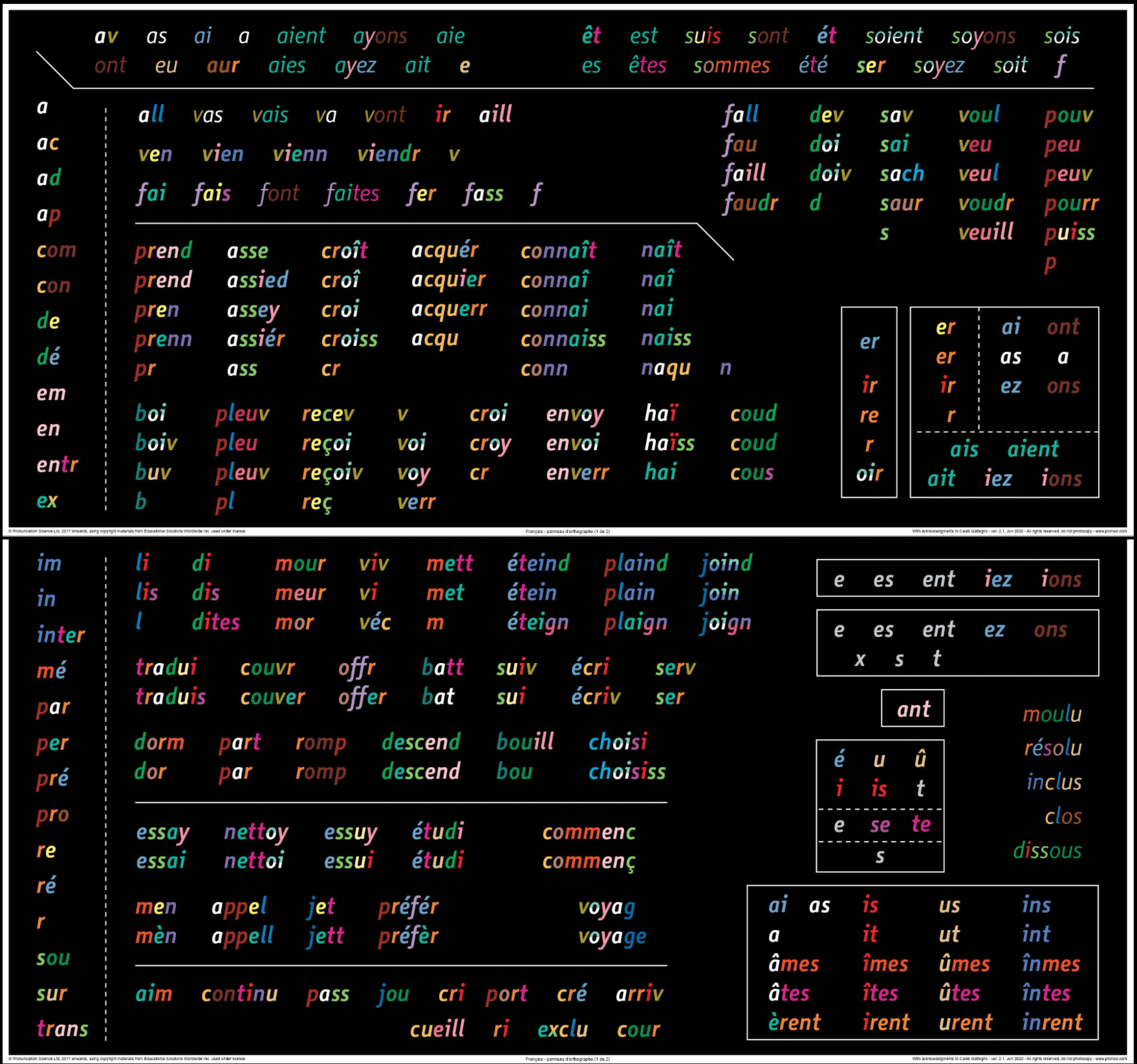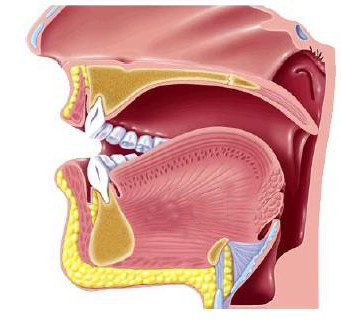The Silent Way is an approach to learning a foreign language that prioritizes the student’s development of practical skills in language usage. Unlike the traditional classroom method, which focuses on memorizing rules and vocabulary, Silent Way uses moment-by-moment planning, emphasizing the margin between what the student can and cannot do. This article explores the key elements of the Silent Way approach and how it can optimize the learning of a foreign language.

Learning by Doing
According to Silent Way, learning a language starts when students become aware that there is something to learn. Speaking a language is a skill that requires practice, feedback, and meaningful repetition. The Silent Way recognizes that students learn best by doing, trying things out, making mistakes, and receiving immediate feedback to correct them. The emphasis is on the student, not the teacher, to develop the necessary skills to speak a foreign language fluently.
The Power of Feedback
Mistakes are seen as a valuable opportunity for learning in the Silent Way. Students learn from their mistakes and those of their peers. But feedback must be immediate; if delayed, the opportunity for learning is lost. The teacher must be precise in their instruction, working in the margin between what the student can do and what they are not yet ready for.
Foundations for Pronunciation
One foundation for good pronunciation is the articulatory setting unique to that language. This “posture” is essential for ease of speaking a language and must be established before pronunciation skills can improve. If the student’s pronunciation falls short, it means they are not using their muscles as a native speaker would, and more work must be done to improve it.
Working with Wall Charts
The Silent Way uses wall charts to show the whole of a language at the same time as its parts. This approach gives context to the language, and students can start to become familiar with it by exploring what they can see, touch, and point to on the charts. This method almost eliminates the memory burden of getting started with a language. Students can learn a language’s grammar by using the 400 or so function words presented on the charts.
The Power of Gesture and Pointing
Silent Way recognizes the power of the universal human language of gesture and pointing. Simple, intuitive, physical actions provide new information, make self-correction efficient, and reveal people’s thought processes. For example, finger correction is a powerful tool for students to learn from their mistakes quickly.
Learning from Others
In the Silent Way approach, learning with and from others is highly effective. The presence of others makes a foreign language real; students talk together about real things in their perception, experience, lives, hopes, and dreams. This approach builds inner certainty by observing others find their own route to correcting errors in something they’ve tried to say.
The Power of Silence
Silence is a key element of the Silent Way. The main reason for this is that silence puts the teacher and the students in their proper roles: the students work on the language, and the teacher coaches them. Silence forces students to put their attention onto their muscles rather than in their ears. This is essential for starting to sound different, which is the first step in sounding native.
Final Thoughts
Learning a language is not just about memorization but rather a practical skill that requires meaningful practice, feedback, and repetition. The Silent Way is an effective method for learning a foreign language that prioritizes the student’s development of practical skills in language usage. The key to its success is the emphasis on the student, not the teacher, to develop the necessary skills to speak a foreign language fluently.





Leave a Reply